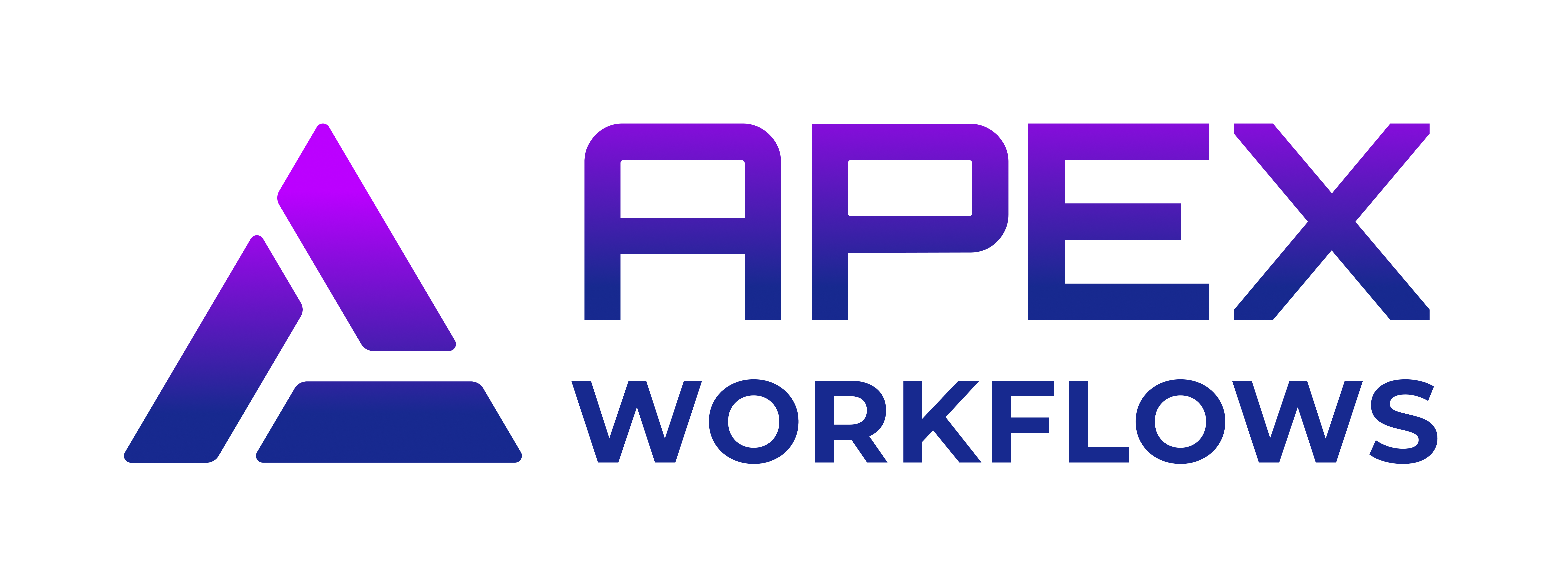In the past decade, resource planning has evolved from manual spreadsheets to integrated enterprise solutions—but 2025 is set to mark a new milestone: the smart scheduling revolution. As businesses face increasing pressure to operate with precision and agility, AI has stepped in as a transformative force. AI-driven resource planning is not just a technological upgrade; it’s a complete overhaul of how organizations allocate time, people, and assets. In this article, we’ll explore how this shift is reshaping operations, addressing long-standing challenges, and enabling smarter, more proactive planning for the year ahead.
The New Era of AI-Driven Resource Planning
AI-driven resource planning refers to the utilization of artificial intelligence algorithms and machine learning models to optimize the allocation of resources across operations such as staff, equipment, and time. Unlike traditional planning, which relies heavily on static data and manual intervention, AI-led systems continuously learn from historical data, operational trends, and real-time inputs to make adaptive and predictive planning decisions.
These AI-powered systems bring a new level of flexibility and foresight to operations. By analyzing historical performance and current metrics, AI can forecast resource needs, identify inefficiencies, and recommend data-backed scheduling adjustments. Heading into 2025, industries from manufacturing and healthcare to finance and logistics are scaling adoption of AI in operations management, driven by the pursuit of speed, cost-efficiency, and service reliability.
Key Challenges AI Solves in Operations Management
AI in operations management is particularly effective in navigating uncertainty and complexity. One major challenge it mitigates is demand volatility. Machine learning algorithms can detect early indicators of demand fluctuations and dynamically adjust schedules and inventory accordingly. Additionally, AI is pivotal in managing constrained resources and mitigating supply chain disruptions by providing alternate routing or resource reallocation plans in real time.
Workforce planning, often mired in manual bottlenecks, also benefits significantly. AI can streamline shift assignments and forecast staffing needs with much higher accuracy, freeing up operational managers to focus on strategic tasks. Notably, many organizations are turning to AI to balance sustainability and profitability. Through optimized scheduling and reduced idle time, AI supports both eco-conscious operations and leaner cost structures.
Smart Scheduling: Automating Complex Coordination
Smart scheduling platforms automate the intricate dance of coordinating human and logistical resources. AI scheduling tools operate by parsing multiple data streams—employee availability, project deadlines, meeting requirements—and generating optimal schedules. This eliminates inefficiencies such as double bookings, idle time, or mismatched skill assignments.
These tools can auto-schedule meetings, assign shifts, and coordinate across global teams, all while factoring in time zones, role requirements, and personal preferences. Intelligent calendar integrations offer personalized suggestions and automate routine scheduling through natural language prompts. Smart scheduling also excels in syncing with communication tools, CRMs, and project management systems, creating a unified hub for operational planning.
Intelligent Workforce Planning for Greater Efficiency
One of the most impactful benefits of AI-driven resource planning lies in intelligent workforce management. AI can predict staffing needs based on workload history, peak hours, and individual productivity trends. With this data, operations leaders can forecast shift requirements and deploy employees strategically.
Skills-based scheduling is enhanced through algorithms that match tasks with employee capabilities, minimizing misalignments and maximizing output. In addition to efficiency, smart workforce planning fosters higher employee satisfaction by maintaining balanced workloads and accommodating flexible work preferences. Real-world innovators such as Motion AI and Appointiv have demonstrated how AI can increase productivity while improving employee engagement and retention.
Automated Resource Allocation: Doing More with Less
Automated resource allocation is one of the most promising frontiers of AI in operations. By leveraging real-time data—from production flow and inventory levels to traffic and weather forecasts—AI allocates resources dynamically. Whether it’s rerouting delivery trucks or redistributing tasks based on employee availability, these tools ensure that daily operations adapt quickly to changing conditions.
AI algorithms filter through massive data inputs to surface actionable insights, helping managers focus on decisions that matter. The result is increased throughput, minimized idle time, and stronger ROI across departments. Organizations using AI-driven resource planning report higher resilience and the capacity to meet service levels even under fluctuating conditions.
AI Scheduling Tools to Watch in 2025
As the marketplace grows, several AI scheduling tools stand out. Popular platforms like Clockwise, Motion, Reclaim.ai, Calendar.ai, and SuperAGI offer specialized functionalities tailored to various industries. Features such as focus time protection, automated habit scheduling, and team coordination dashboards are becoming standard.
Emerging trends include natural language scheduling, where AI converts conversational requests into meeting bookings, task extraction from documents or chats, and predictive workload balancing based on historical execution rates. Selection should be based on key factors like company size, workflow complexity, and integrations with platforms like Slack, Asana, Salesforce, or Microsoft Teams.
Implementation Best Practices for Seamless Transition
Adopting AI in scheduling begins with assessing your current resource planning maturity. Identify inefficiencies, excess spend, or bottlenecks to uncover where AI can offer immediate ROI. A phased approach—starting with pilot programs in specific departments—allows organizations to measure impact and refine configurations before broader rollout.
Employee training is essential. Resistance can be reduced with targeted onboarding and clear communication about the benefits. Regular KPI tracking, such as SLA performance and resource utilization rates, will help teams monitor success and course-correct over time. Companies that succeed in implementation treat AI as a partner rather than a black box.
Data Privacy, Ethics, and Human Oversight
As with all AI applications, governance is crucial. AI scheduling tools must operate transparently, with accessible logs of decision processes. Encryption standards like AES-256 and compliance with data regulations (e.g., GDPR, SOC 2) are non-negotiable.
Human-in-the-loop controls ensure that managers can override decisions, audit AI suggestions, and maintain accountability. Addressing algorithmic bias is also important, especially in workforce planning. Ethics committees and audit trails help prevent AI from reinforcing systemic inequalities or privacy violations.
The Future Outlook: What’s Next in Smart Scheduling?
Looking ahead, smart scheduling will grow increasingly personal and proactive. Predictive analytics will not only react to data but anticipate it—scheduling resources before bottlenecks arise. The integration of wellness data, including biometrics like stress and sleep levels, may soon influence scheduling decisions to support employee well-being.
Immersive interfaces such as AR and VR could enable planners to visualize resources across simulated environments. AI personalization will also advance, with tools adjusting their recommendations based on individual habits and evolving corporate priorities.
Conclusion
AI-driven resource planning is no longer a futuristic concept—it’s a present-day operational necessity. From reducing overhead to boosting employee morale, the advantages of smart scheduling are clear and immediate. As AI scheduling tools mature, businesses that adopt them strategically will lead in agility, resilience, and efficiency.
To stay ahead, begin evaluating your existing processes, explore leading AI platforms, and prepare your teams for a smarter, more responsive future. The scheduling revolution has arrived—are you ready to take the lead?






